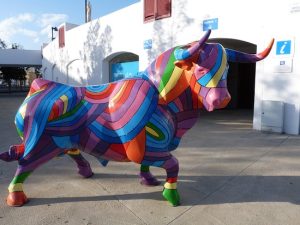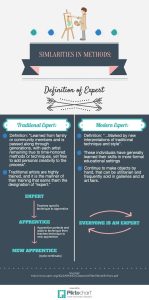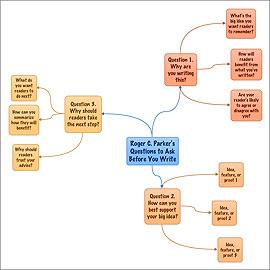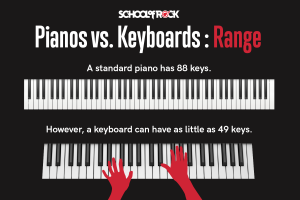Advantages Of 4 2D Animations
As you know, there are many types of animation. Today we will focus on the types of 2D animation. Rig a character using frame by frame, rotation, animated clipping, and inverse kinematics.
- Display per frame
Also called classic animation, classic animation, or reverse animation. What you are doing here is very simple. You draw every frame. Ha, it’s easy, isn’t it? That’s true. But wait, I can do it. First, you need to know the frame rate. In the following example, the frame rate is 12 fps(frames per second). To do this, 12 images must be drawn in 1 second.
How to: You can do this with the right timing. First, you need an example(if you are animating a character jump, you need a video of someone jumping).
With video, there are many ways to calculate time and convert it into frames. My favorite is Stop Motion Works Stopwatch. In my example, this will be an 8-frame jump.
You must paint keyframes for your character’s skeleton, and then continue to paint intermediate frames. Take an example of female jumping(action, that is, expectation, no result, keep simple friendship). Draw the start pose(frame 1), the character in the air(frame 5), and finally the landing pose(frame 9).
After drawing these three figures, you can draw the middle between frames. Drawing between the start pose(frame 1), air pose(frame 5), and landing pose(frame 9). That is, draw frames 3 and 7. Draw the last lost frame. Is it too simple? After animating the skeleton for each frame, add details by frame, add a little body shape, add a more detailed head to each frame, and add a right arm to all frames. Continue until each frame has a detailed character.
Pros: Your limit is your own imagination. Characters can do everything you want, with facial expressions you want and all the postures you can think of.
Disadvantages: It takes a long time. One second animation may take several hours.
- Rotosapping
Rotation Rotation is another form of frame by frame animation. What you need is to take a shot and import it into your favorite 2D animation software. Now your job is to draw the outline of each frame. Then replace those paintings with the details that make up your character. Big nose? Long hair with thin fat
Advantages: Because you don’t need to draw keyframes, you work quickly. Then just walk along each frame from the middle. The action is very realistic. Because you only need to track shots frame by frame.
Disadvantages: although it may be a little faster than traditional animation, it still requires a lot of time due to the need to draw all frames. Then it starts to be restricted. Characters can only do what the characters in the camera do.
If you need to do something different from the camera, you need to convert it to traditional animation, first draw key frames, and then draw in the middle.
- Clipping animation
This animation needs to be prepared. You are all angles of the character(front, side, back); machining “; divide the character into corresponding parts and name it as clipping animation. For example, if you want to set animation in the front, set the head on one layer, and set the arm, forehand, hand, etc. on the other layer. Preparation takes time, but does not draw every frame. Prepare it only once, and then animate the character like a doll Set to.
Advantages: Animation is much faster. Because you don’t need to draw all the frames. You can draw your character and all the facial expressions again and again. Dolls “; when you are ready, you can start making animation.
Disadvantages: This may take some time, and the character is limited by equipment. That means you can’t put her anywhere you can imagine. Only you can reach the position with the drill. Another disadvantage is that this is not the fastest way to animate. Because if you want to move his hands, you have to rotate your shoulders. Next is the arm, followed by the forearm. Until you get to where you need your hands.
- Rig a character(using inverse kinematics)
This type of animation is the fastest. Software such as Lion Boom or Animation Studio has many tools that can help you use inverse kinematics to assemble characters and automatic facial expressions.
Reverse motion is the opposite of forward motion(used for clipping animation). In the clipping animation, to place the hand in the desired position, you must rotate the shoulder, then rotate the arm, and so on. In inverse kinematics, you can click a hand and move it to the desired position. The position and rotation of shoulders, arms, and arms are automatically calculated by mathematical formulas.
Advantages: Create animation at the fastest speed. Just click and drag a few times.
Disadvantages: It takes more time to prepare animation than to cut animation, but it can reduce working time exponentially. Another disadvantage is that there are limitations, and only the work allowed by the equipment can be done. The character cannot move to any conceivable position, but can only move to the position allowed by the device.
Conclusion:
You can’t have everything. You have unlimited sports, but if you have huge time investment, or limited sports, you only need to invest a little time. These are your choices. In order to be recorded, Disney movies are played according to the frame, but the programs seen on TV are played according to the plan, so the combination of “character combination” and “frame by frame projection” is used according to the shots they shot.
It is recommended that you learn frame by frame animation and character rigging. But if time is a big problem, you should clearly master the assembly of character animation. You can find courses online.




